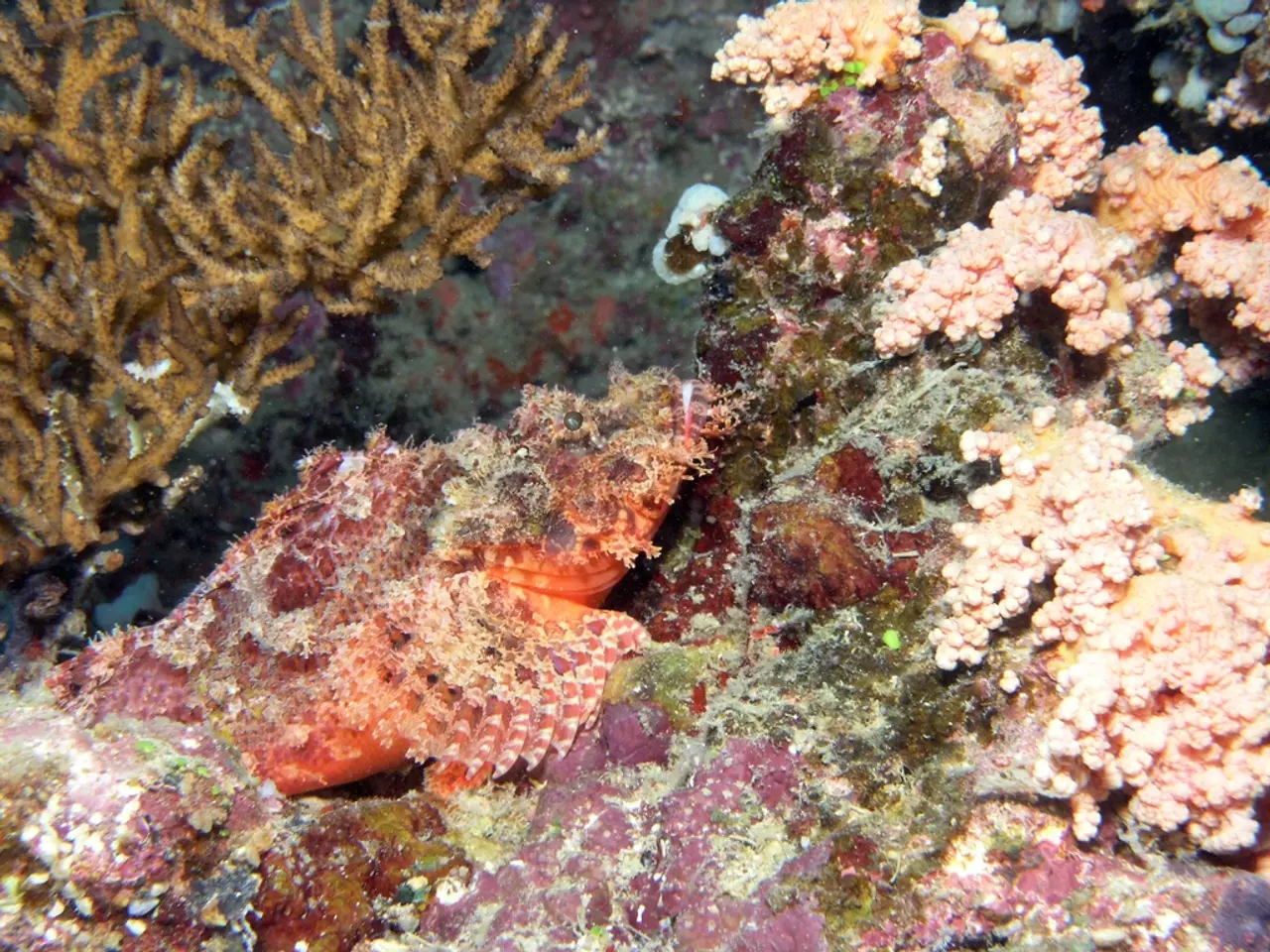Global research by MegaMove delineates crucial marine habitats requiring conservation for the preservation of large marine life species.
In a groundbreaking development, a comprehensive study, known as MegaMove, has identified key ocean regions that are vital for the survival and life cycles of large marine animals. These regions, named Important Marine Megafauna Areas (IMMegAs), have been mapped through the tracking of over 100 marine megafauna species by nearly 400 scientists across more than 50 countries.
IMMegAs are critical habitats and migratory routes for marine megafauna, serving as focal points for conservation to ensure the species’ survival and maintain ecological functions. These areas, which have been unified globally, include important migratory corridors and residential habitats that, if conserved, can help maintain healthy populations and biodiversity.
The study, published as a key paper for global marine megafauna conservation, highlights that many IMMegAs lie outside current Marine Protected Areas (MPAs), underscoring gaps in ocean protection that must be addressed. The findings directly assist the implementation of the High Seas Treaty and the Kunming-Montreal Global Biodiversity Framework's goals.
Assoc Prof Ana Sequeira, MegaMove's Research Director, led the study. The dataset includes animals' movements across all five ocean basins over a time span of more than 30 years, making it the largest-ever tracking dataset of marine megafauna. The study sets a new scientific foundation for global marine spatial planning and provides a data-driven approach for selecting where marine protected areas should be implemented to assist marine megafauna conservation.
The MegaMove study offers a blueprint for protecting migratory species across jurisdictional boundaries. The goal is to increase marine protected areas from the current 8% to 30% of the global oceans. The study also provides a significant contribution to the Ocean Decade Action and offers insights into the most ecologically important areas used by marine megafauna.
Animals tend to spend 90% of their time in IMMegAs, but only 5% of these areas currently fall within marine protected areas. This indicates the urgent need for conservation strategies that integrate these IMMegAs into global ocean protection efforts, supporting biodiversity and ecosystem resilience at a planetary scale.
In summary, the MegaMove study provides a vital tool in the quest for global marine megafauna conservation. It underscores the need to prioritise and coordinate international conservation actions tailored to megafauna needs, with a focus on the high seas where over 60% of IMMegAs are located. The study's findings will undoubtedly guide future efforts to protect these critical habitats and ensure the survival of marine megafauna for generations to come.
- The MegaMove study, a new foundation for global marine spatial planning, emphasizes the significance of technology, particularly data-and-cloud-computing, in its analysis of marine megafauna movements spanning over 30 years.
- As marine megafauna species depend heavily on Important Marine Megafauna Areas (IMMegAs) for their survival, understanding the climate-change implications on these critical habitats in environmental-science is essential to ensure their long-term conservation and the maintenance of biodiversity.







